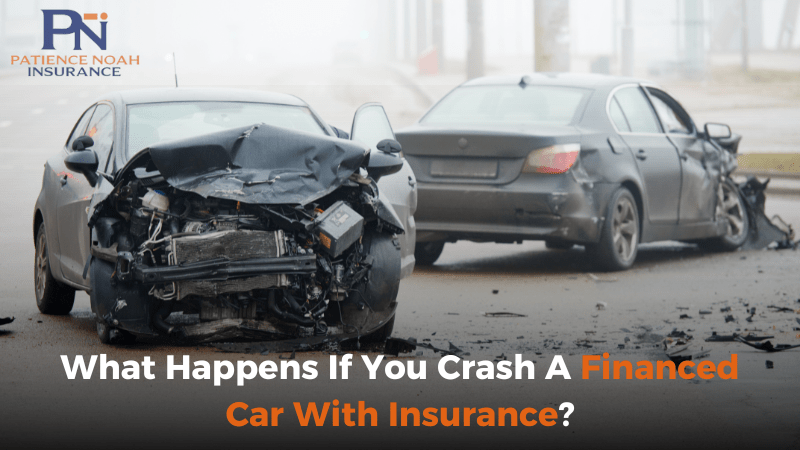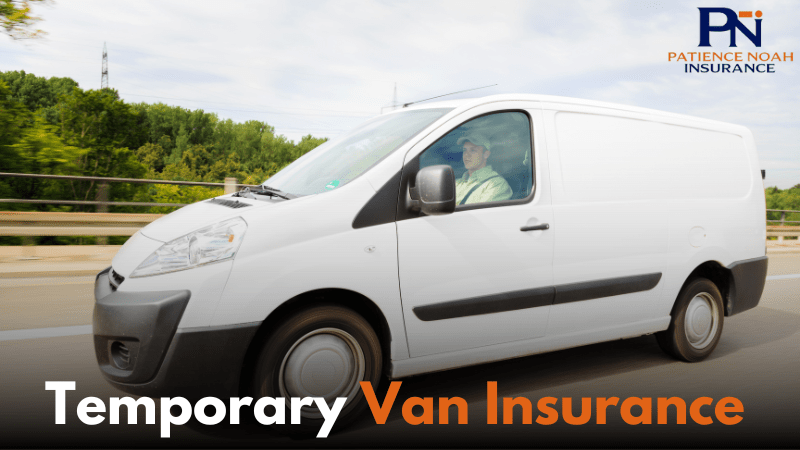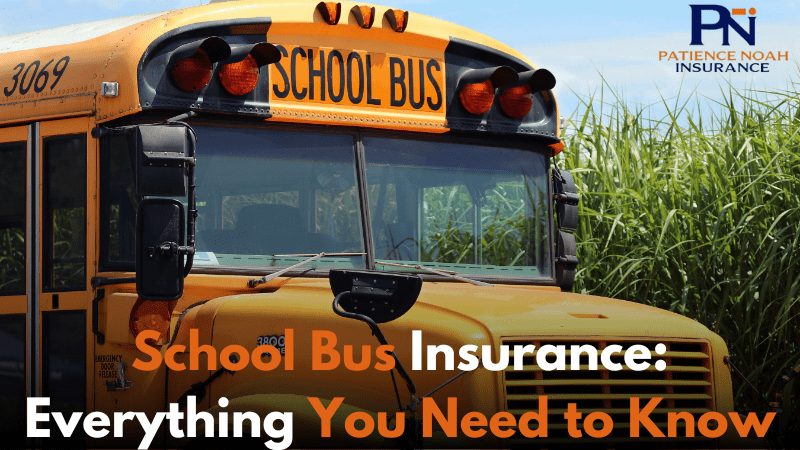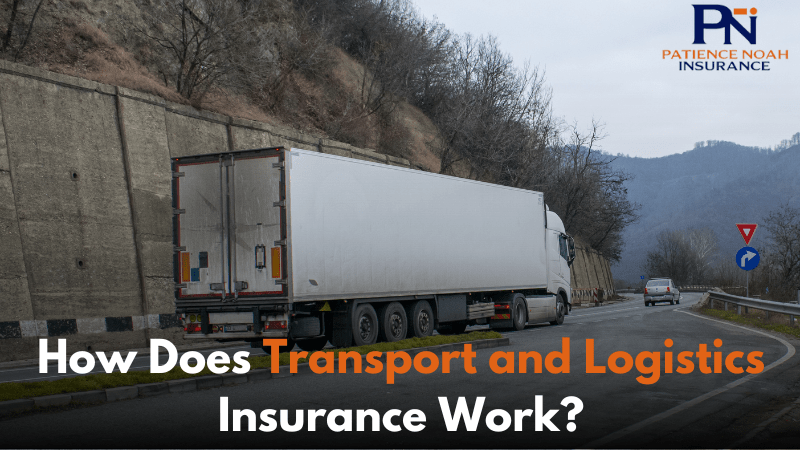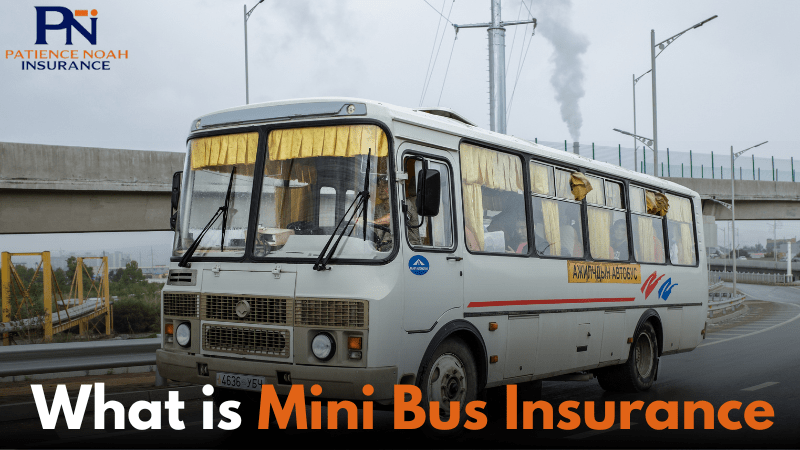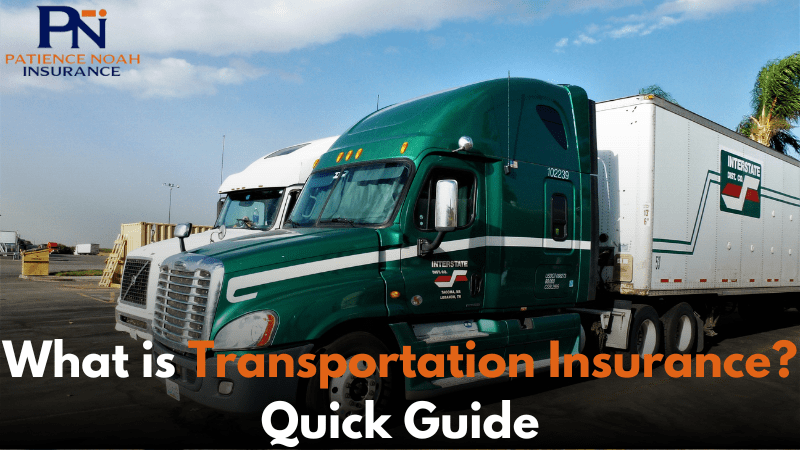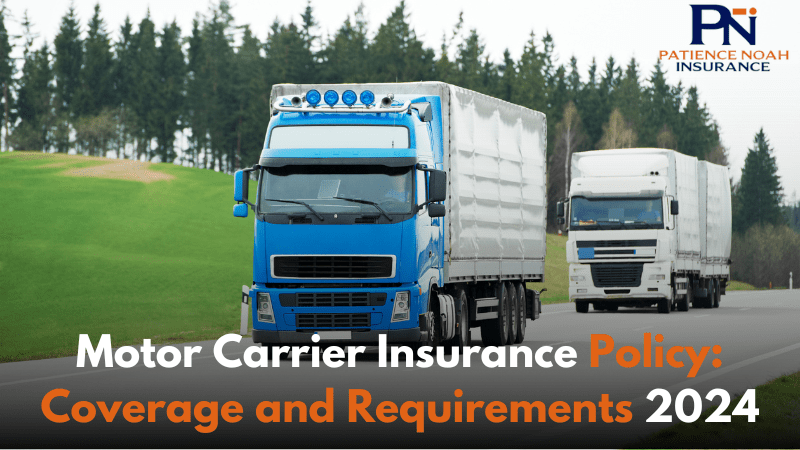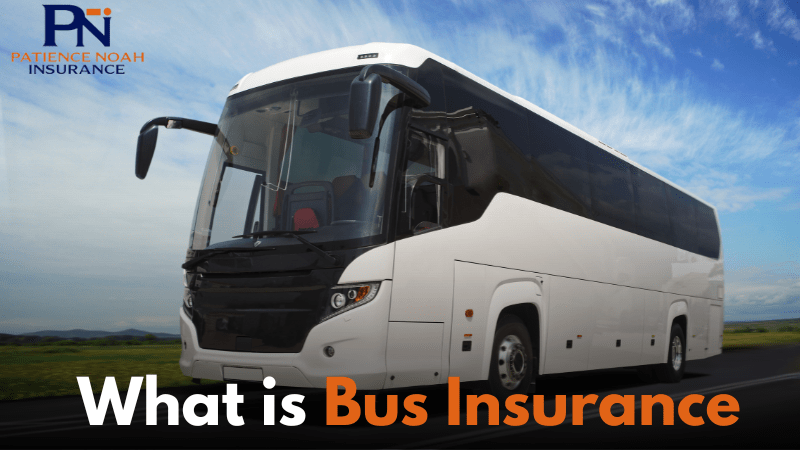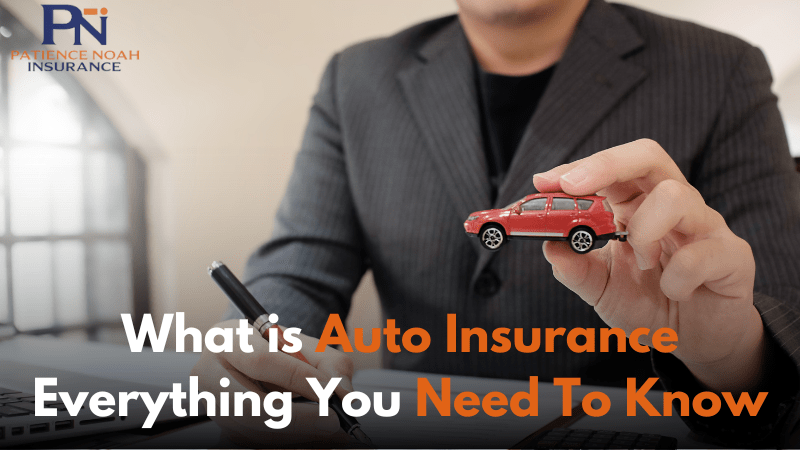Accidents are the unwelcomed halt in your stress-free life that can shake you to the core. Even deeper once your vehicle is involved. Despite practicing the best safety measures and taking all precautions, there is still no guarantee you can avoid collisions. This situation worsens if the vehicle involved is financed and only partially under your ownership. The only way out of this is an insurance policy that covers a financed vehicle.
If you’re driving a financed car, big or small, an accident can cause you emotionally and financially.
Would you like to take a calm journey down the road and figure out how to tackle such an unfortunate situation? You are at just the right place!
Assess the Damage
If you find yourself in this unfortunate, tricky situation, keep your nerves under control. Make sure not to panic and examine the accident scene wisely. Document the scene, collision, and any other significant piece of evidence. If necessary, get police and witness reports, communicate with the other party, and discuss insurance claims.
Also, after you are done gathering all the necessary information, move your vehicles to the side of the road.
Contact the Insurance Provider
After you have all the essential documentation, call your insurance provider right away. However, if you are not at fault, this will involve the at-fault party’s insurer as well to take up the mandatory responsibility.
Insurance companies come into action immediately as per the provided information. Determining fault helps decide whether your insurance rates may increase and whether you are liable for any deductible payments.
Your Financial Guardian – The Coverage Policies
Liability Insurance
One may wonder, can I have liability insurance on a financed car?
You may be surprised to know that even though liability insurance is a must for every car, be it financed, owned, or rented. However, liability insurance is not the only option. Your insurance provider may get alarmed and inform your finance company of this act. This is to safeguard the you car via insurance in all circumstances.
Collision Coverage
The most significant policy that comes into play in case of such a condition is your collision coverage. This strategy kicks in when you are at fault or hit by an uninsured driver. It pays actual cash value (ACV) for repairs or, if the car is deemed a total loss.
Guaranteed Asset Protection (GAP) Insurance
Here is a secret tip out of heavy bills and repair costs.
GAP insurance is a modified strategy that every financed car holder should know of. It bridges the cost difference gap between what you owe on your car loan and the ACV. Without GAP insurance, you could find yourself still owing money even on a car that is no longer drivable.
Let’s Understand the Settlement
Your purchased policy determines a car’s ACV based on its mileage and condition. This decides the cost which the company will pay off and the burden you will have to face.
If the Repairs are Feasible
Suppose the damage repairs on your financed vehicle are less than your car’s ACV. In that case, the insurance providing company pays off the repair charges directly. You can continue making loan payments.
In Case of Total Loss Blues
If the car is declared totalled-a total loss, the insurance company pays the ACV directly to the lender.
However, things get trickier here. The conditions are mentioned as follows:
| Scenario | Condition | Action |
| 1. | The car’s Actual Cash Value (ACV) is higher than the car loan balance | Insurance pays out ACV to the lender/bank to cover the loan balance. The remaining amount goes to the insured. |
| 2. | The car’s ACV is lower than the car loan balance | Insurance pays out the partial amount which is just the original ACV and the rest of the amount is to be paid by the insured. |
| 3. | The car is declared a total loss and is now undrivable | The insurance company pays the ACV, and the rest is to be handled by the insured himself. |
| 4. | The car is repairable according to an assessment run by the insurance company | Insurance pays for the damages, any repairs, and wear and tear. The insured, meanwhile, continues to make loan payments. |
| 5. | The car is repairable but, beyond the offered ACV | The insurance company offers the ACV amount while the insured takes care of the remaining repair costs. |
What Happens If You Wreck a Financed Car Without Insurance?
If you damage a financed vehicle that does not have insurance coverage, it can get financially crushing. Apart from having to pay the initial loan, you may find yourself burdened with the cost of financing another vehicle.
However, if the accident was caused due to someone else’s fault, their insurance provider should cover your losses. This includes car repair or replacement costs, lost wages, medical bills, and other related expenses.
Bonus Tips or a Smooth Drive
- Drive safely to reduce the risk of accidents
- Review your insurance policy and ensure you have sufficient coverage
- Maintain a good driving record
Wrap Up
Hitting a bump in the road is bad enough, but if your car loan is still rolling, it feels like a mountain. However, understanding the involved complications and your limited options in such situations proves to be helpful. So, go forth and drive safely!
Need more help? Contact us now!

